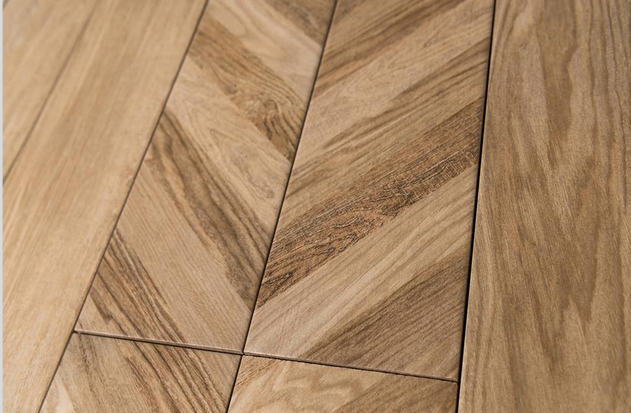Stylish Vinyl Flooring Tiles for Every Room
- Written by NewsServices.com

Vinyl flooring tiles are a great choice for any room in your home. They offer a durable and cost-effective solution to traditional hardwood and tile floors, while also providing the classic look of wood or stone with the added benefit of being easy to install and maintain. Vinyl tiles come in various colours, patterns, textures, sizes and shapes so you can easily find one that matches your decor perfectly. They are also waterproof, making them ideal for bathrooms or kitchens where spills may occur. In addition to their aesthetic appeal, vinyl flooring tiles are known for their durability and resistance to scratches and stains. With proper care, they can last decades without needing replacement.
Types of Vinyl Flooring TilesBest vinyl floor tiles are a popular choice among homeowners due to their affordability, durability, and variety of styles. There are three main types of vinyl flooring tiles: luxury vinyl tile (LVT), luxury vinyl plank (LVP), and sheet vinyl. Each has its own benefits and drawbacks, so it’s important to consider which type is best for your needs.
Luxury Vinyl Tile (LVT) is the most popular type of vinyl flooring tile due to its realistic look and feel. It’s made up of several layers that give it unparalleled durability compared to other types of flooring. LVT comes in an array of designs and colours, making it easy to customize your space with the perfect style for your home.
The second type is Luxury Vinyl Plank (LVP). This type looks similar to hardwood floors but at a fraction of the cost. LVP can be installed quickly with minimal disruption; additionally, this material can be grouted or left ungrouted depending on how much maintenance you want in your space. The final benefit is that LVP offers excellent sound insulation which makes it great for high-traffic areas such as living rooms or kitchens where noise can become an issue over time.
Installation Process for Vinyl Flooring Tiles
Installing new vinyl flooring can be a great way to update the look of your home. Whether you’re replacing existing flooring or starting from scratch, there are some important steps to follow for a successful installation. This article will discuss the installation process for vinyl floor tiles, including preparation and measurement, subfloor requirements, seams and grout lines.
- Preparation and Measurement
Before installing any type of flooring, it is important to prepare the space by removing any existing furniture or debris from the area. Additionally, measuring your room before purchasing materials is also essential for success in your project. Knowing how much material you need ahead of time can save you money in materials costs as well as labour costs if you plan on having someone else install it for you.
- Subfloor Requirements
Before laying down new vinyl tile floors, it is critical that the subfloor meets certain requirements so that everything stays secure throughout its lifetime of use. The surface must be level and free of debris such as nails or other sharp objects which could puncture through the vinyl tile upon impact over time due to foot traffic or other sources such as furniture being dragged across it during cleaning or rearranging activities over its lifetime of use in order to avoid costly repairs.
Maintenance and Care for Vinyl Flooring Tiles
Vinyl flooring tiles are a great choice for homeowners looking for an affordable and stylish way to update their floors. While vinyl is tough and durable, it does require regular maintenance and care in order to keep it looking its best. Here are some tips on how to properly clean, repair, and maintain your vinyl flooring tiles.
- Cleaning Tips: The key to keeping your vinyl flooring tiles looking like new is consistent cleaning with the right products. Avoid using harsh chemicals or abrasive scrubbing tools as these can damage the surface of the tile. Instead, use a damp mop or cloth with a mild cleaner specifically designed for use on vinyl surfaces. For spots that are particularly stubborn, you can try using a mixture of vinegar and water before moving on harsher cleaners.
- Repair Tips: If you notice any chips or cracks in your vinyl flooring tiles, there are several ways you can go about repairing them yourself without needing professional help. First off, fill any deep gouges with acrylic caulk before sanding down the area until smooth again. If this doesn’t solve the issue then you may need to replace individual pieces of tile by cutting out the damaged one and replacing it with an exact match from another part of your existing floor.
Conclusion
Vinyl flooring tiles are a great choice for any home. Not only do they offer a variety of styles, colours and sizes, but they are also affordable and easy to install. With their durability, affordability and ease of maintenance, vinyl flooring tiles can provide a beautiful look to any room in your home while still being practical.

















